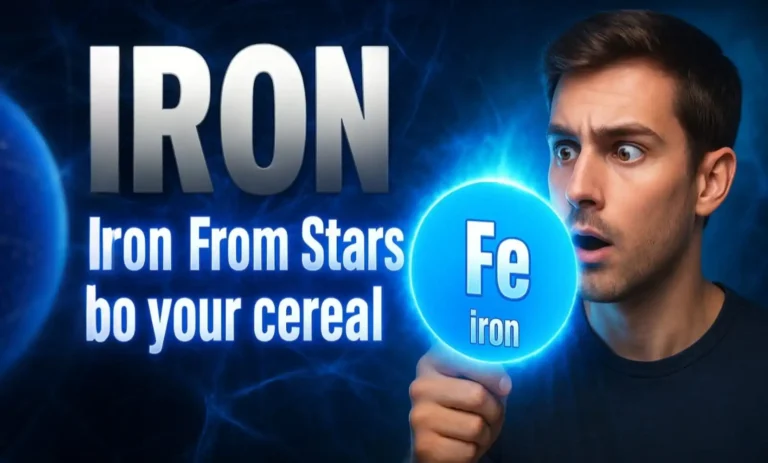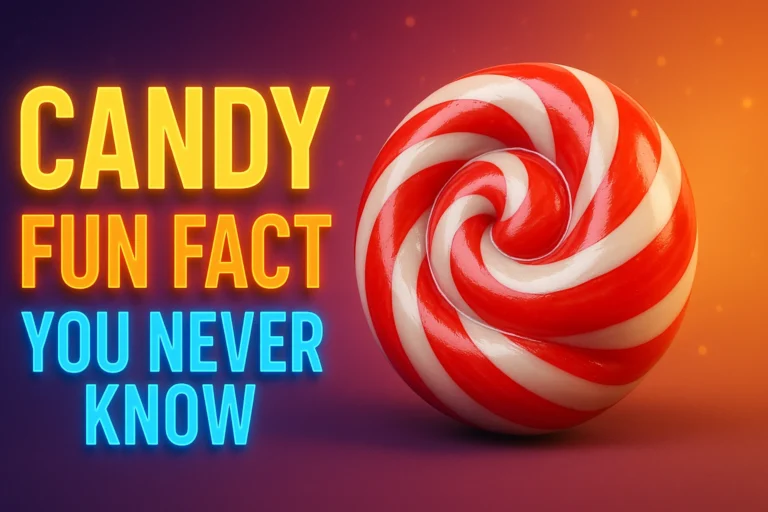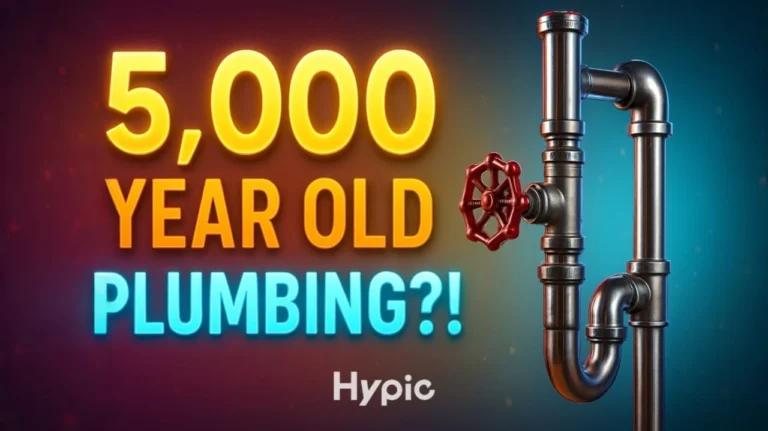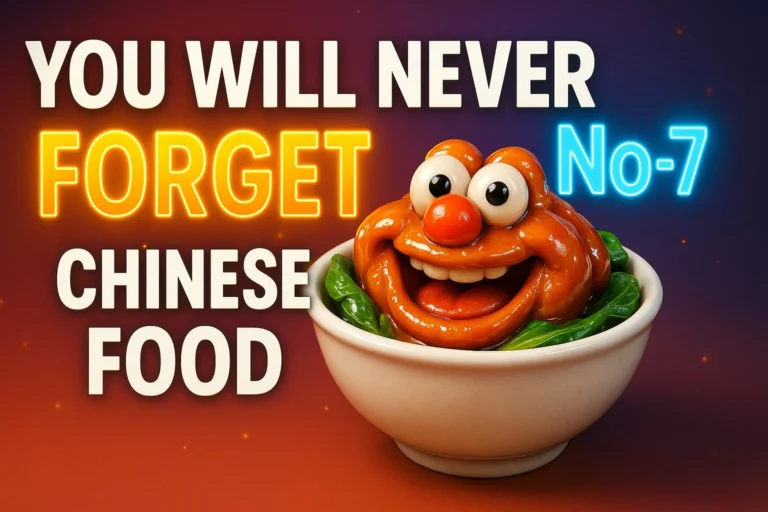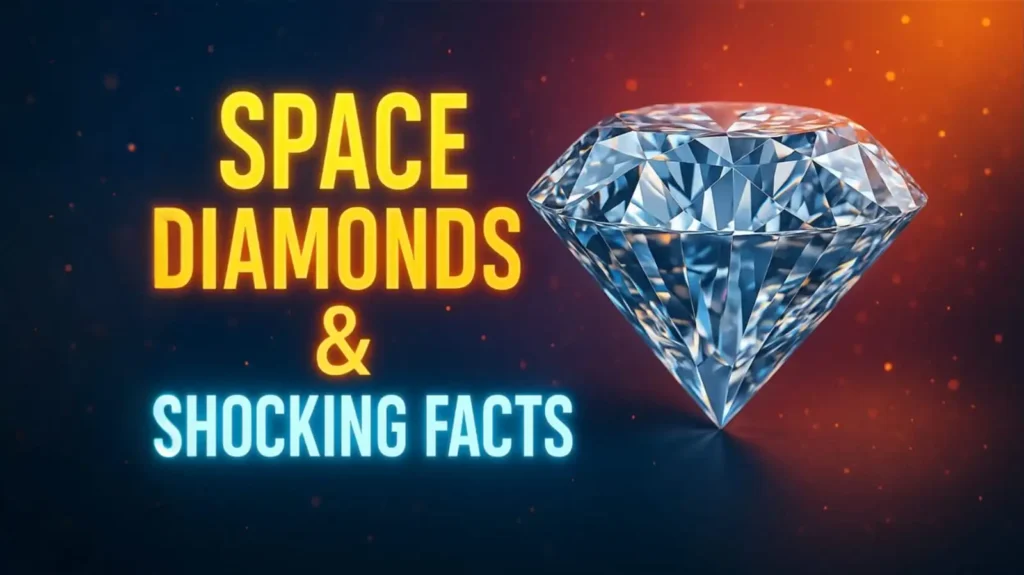
Hope you are fresh and fine, my brother/sister… Welcome! Today we dig into fun facts about diamonds that glow, travel from deep Earth, fall from space (yes!), and even spark wild search terms like “wtf fun facts about diamonds.” If you want a post that beats big sites, saves research time, and keeps readers scrolling, you are in the right mine.
You came for fun facts about diamonds, but you will leave with real fun facts about diamonds, buying tips, stories of cursed gems, wild science, pop culture surprises, and keyword coverage that helps you rank. From 2 fun facts about diamonds you can tell a kid, to 100 fun facts about diamonds you can drip-feed on social media, we will stack sparkle on sparkle.
Let’s dig.
Quick Sparkle Snapshot: Fast Diamond Facts
- Diamonds are pure carbon crystals formed under crushing heat and pressure deep in Earth.
- They are the hardest natural material on the Mohs scale (diamond hardness = 10).
- Not all diamonds are clear; pink diamonds, yellow diamonds, and even black diamonds exist.
- Some diamonds glow under UV light (diamond fluorescence).
- The Hope Diamond is famous for color, size, and spooky legend.
- Lab grown diamonds are real diamonds made in high-tech labs—often more affordable.
- You can dig for your own at Crater of Diamonds State Park in Arkansas.
- Scientists think it may “rain” diamonds inside planets like Uranus.
How Diamonds Form Deep in the Earth
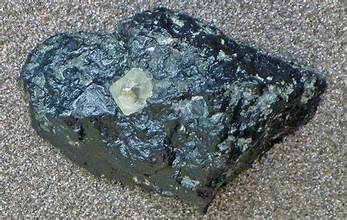
Diamonds begin about 140 to 200 kilometers under your feet. Down there, carbon atoms squeeze tight under extreme pressure and very high heat. Over long time, that carbon locks into a crystal lattice. That is diamond formation.
Most natural stones grow in the mantle. Some rare tiny ones form from asteroid impact heat or deep subducted carbon pushed downward by plate tectonics. Diamond inclusions trapped inside can reveal minerals only stable under deep pressure. Scientists use them as time capsules.
When diamonds form, they grow in different shapes. Some are crystal-clear. Others trap trace atoms like nitrogen or boron. That changes color. That is how we get yellow diamonds (nitrogen) or blue diamonds (boron).
From Mantle to Mine: How Diamonds Reach Us
How do diamonds travel from deep, hot zones to the surface? Fast-rising volcanic eruptions called kimberlite or lamproite pipes blast them upward. The rock cools. Miners later break, crush, and wash that ore in diamond mining operations.
Alluvial deposits form when rivers erode old pipes and carry diamonds downstream. People can pan gravels and sometimes find stones. Beach and marine mining pulls diamonds from old coastlines. Large mechanical ships vacuum seafloor gravel in places like Namibia.
Industrial diamonds from old mines also get recycled into drill bits, saws, and grinding tools. Nothing goes to waste.
For further reading please vist
- 26+ Fun Facts About Iron & Element, Food, History, Pop Culture & More
- 101+ Candy Fun Facts That Will Blow Your Sweet Tooth’s Mind
- 40 Soccer Facts You Won’t Believe – #17 Is Shocking!
Diamond Hardness & Everyday Superpowers
Diamond hardness ranks 10 on the Mohs scale. That makes it the hardest natural material known. But “hard” is not the same as “tough.” A sharp hit at the right angle can still chip a stone. That is why the diamond cut quality and setting style matter in jewelry.
Because of diamond hardness, we use diamonds to cut other stones, slice silicon wafers, and drill deep rock. Diamond-tipped tools power mining, oil, and medical gear. The same sparkle on your ring helps shape jet engines.
Scientists also use a diamond anvil cell—two tiny flat diamonds squeezing a sample—to create extreme pressure in lab experiments. This tool helps test materials found deep in planets.
The 4Cs Made Simple (Carat, Cut, Color, Clarity)
Buying a diamond? Learn the 4Cs. Short. Simple.
Carat
Carat weight measures size. Bigger costs more—but cut and sparkle can make a smaller stone look larger.
Cut
Diamond cut quality affects sparkle. A well-cut round stone throws light back to your eye. A deep or shallow cut leaks light. Sparkle lost.
Color
Most diamonds show tiny color tints from D (colorless) to Z (light yellow/brown). But natural fancy colors (pink diamonds, yellow diamonds, blue diamonds, red diamonds, black diamonds) sit outside this scale and can be rare and pricey.
Clarity
Clarity checks for diamond inclusions or surface marks. Grades run from Flawless to Included. Small marks often need magnification. Many buyers pick “eye clean” over perfect.
Keep all 4Cs in mind for smart diamond valuation. Balance budget and beauty.
Famous & Legendary Diamonds (Hope, Cullinan, Koh-i-Noor & More)
Some diamonds carry stories bigger than their carat weight.
Hope Diamond
The Hope Diamond glows deep grayish blue. Legends say it is cursed. Owners faced debt, disaster, or scandal. The stone now sits in the Smithsonian. Many readers search fun facts about the Hope Diamond—so give them color, weight (about 45.52 carats), and myth.
Cullinan Diamond
The Cullinan Diamond was the largest gem-quality rough diamond ever found (over 3,100 carats rough). It was cut into many stones, some part of British Crown Jewels.
Koh-i-Noor
This famous stone’s history tracks empires across South Asia. Ownership is still debated. People love historical drama.
More Crowd-Pullers
- Regent Diamond
- Orlov Diamond
- Taylor-Burton Diamond (celebrity story angle)
Mentioning these helps your post rank against “10 fun facts about diamonds,” “11 fun facts about diamonds,” or even “100 fun facts about diamonds” listicles.
Natural Fancy Colored Diamonds (Pink, Yellow, Blue, Red, Black)
Not every diamond is clear. Color tells a story.
Pink Diamonds
Trace crystal distortion can create pink diamonds. Argyle Mine in Australia made them famous. Supply is low; desire is high.
Yellow Diamonds
Nitrogen atoms create yellow diamonds. These sunny gems are popular in fancy halos and celebrity rings.
Blue Diamonds
Boron inside gives blue diamonds their hue. The Hope Diamond is the star example.
Red Diamonds
Ultra-rare. Only a handful sized for jewelry. Collectors chase them.
Black Diamonds
Often polycrystalline or filled with many dark inclusions. They look bold and modern. A viral article once shared “9 fun facts about black diamonds TheGloss style”—quirky titles like that pull clicks.
Color drives value. Use this section to include diamond color grades and how labs verify tone.
Lab-Grown vs Natural Diamonds: What to Know
Lab grown diamonds are chemically the same as natural diamonds. They are real diamonds. They grow in weeks, not geologic ages. Two main methods: HPHT (high pressure, high temperature) and CVD (chemical vapor deposition).
Pros:
- Lower price per carat weight.
- Often fewer visible inclusions.
- Good for conflict-free diamonds goals.
Cons:
- Lower resale value in some markets.
- Some buyers still prefer natural origin.
Always ask for grading reports. Labs can identify growth patterns. For budget shoppers, lab grown diamonds give big look without big price.
Blood Diamonds, Conflict Diamonds & The Kimberley Process
“Blood diamonds” and “conflict diamonds” describe stones mined in war zones and sold to fund violence. Global trade pushed back. The Kimberley Process is an international system that aims to block conflict stones from legal supply chains.
Ask sellers for origin details and conflict-free diamonds guarantees. Responsible buyers support safer mining communities. Share this info when readers ask fun facts about blood diamonds or fun facts about conflict diamonds. You add trust.
Diamonds In Space: Star Cores, Uranus, And More Cosmic Carbon
Space gets weird.
Some white dwarf stars cool into crystallized carbon—basically giant space diamonds. Astronomers nicknamed one “Lucy,” after the Beatles song. Also, deep inside ice giant planets like Uranus and Neptune, pressure may crush carbon into diamond rain. That is why people search fun facts about Uranus diamonds. It sounds like sci-fi, but lab tests hint it could happen.
Meteor impacts on Earth have also made tiny diamonds in shocked rock. Space likes sparkle.
Diamonds In Pop Culture: Neil Diamond, Marina And The Diamonds & More
Diamond is not only a stone—it is a name, a brand, a hook.
Neil Diamond
Fun fact about Neil Diamond: Before fame, he wrote songs as a Brill Building songwriter. He later sold over 100 million records. Many curious readers type fun facts about Neil Diamond or fun fact about Neil Diamond while hunting trivia.
Marina And The Diamonds
Now known as MARINA, the artist once performed as Marina and the Diamonds—“the Diamonds” meant the fans. Include fun facts about Marina and the Diamonds to catch music traffic.
Diamond Rings & Proposals
Pop culture made the diamond engagement ring “standard.” Smart marketers linked “A Diamond Is Forever” to love. Now searches spike for fun facts about diamond rings.
Diamond In Sports & More
Baseball fields are called diamonds. Skate tricks use diamond patterns. The more cross-topic mentions, the wider your search net.
Visit-Worthy Diamond Destinations (Crater Of Diamonds, Diamond Head Volcano)
Travel content brings clicks.
Crater Of Diamonds State Park (Arkansas, USA)
You can pay a small fee, dig, and keep what you find. That single idea fuels tons of search traffic: fun fact about Crater of Diamonds, fun facts about Crater of Diamonds, and fun facts about the Crater of Diamonds. People dream of finding a big stone. Some do. Real news events boost shares.
Diamond Head Volcano (Hawai‘i)
Diamond Head is a volcanic tuff cone near Honolulu. Explorers once thought crystals in the rock were diamonds (they were not). Still, the name stuck. Travelers search fun facts about Diamond Head and fun facts about Diamond Head volcano all the time.
Hike views + catchy name = traffic magnet.
Wildcard Diamond Keyword Corner (Kites, Pythons, Offshore Drilling & More)
The internet is wild. Use this section to naturally include niche long-tail gems that help you rank fast for low-competition queries.
- Fun facts about diamond kites: Classic kite shape flies steady in light wind; easy school project.
- Fun facts about diamond pythons: A carpet python subspecies from Australia with diamond-like skin pattern.
- Fun facts about diamond offshore drilling: Diamond Offshore Drilling is an offshore oil company; diamond-tipped tools help drill deep seabeds.
- Fun facts about diamond rocks: People say “diamond rocks” when they mean rough crystals or sparkling quartz; help readers tell the difference.
- Fun facts about diamond mining: Open-pit, underground, and alluvial methods; large trucks move kimberlite ore.
- Fun facts about diamond rings: Setting style and diamond cut quality change how big the stone looks.
- Fun facts about diamond offshore drilling rigs: Pressure, saltwater, and tech—epic engineering.
- Fun facts about diamond pythons in the wild: Mostly non-venomous constrictors; good ambassadors for reptile education.
- Fun and interesting facts about Diamond Star DA40 XLT: It is a light aircraft from Diamond Aircraft; “Diamond” is the brand name, not a gem.
Include one or two of these in social posts to catch weird-but-real traffic.
Diamonds For Kids: Simple, Fun, Hands-On Facts
Parents and teachers search fun facts about diamonds for kids. Give them short bites:
- A diamond is made of the same stuff as pencil lead (carbon), but arranged differently.
- Diamonds are the hardest natural thing we know.
- Some diamonds glow in blacklight.
- You can hunt for your own at Crater of Diamonds State Park.
- Birthstone for April birthdays.
Add a print-friendly worksheet. Instant backlinks.
Smart Diamond Buying Tips (Read Before You Spend)
Help readers before they buy. Trust = shares.
- Set a budget before you shop.
- Decide what matters most: size (carat weight), sparkle (cut), or rarity (color).
- Ask for a grading report from a respected lab.
- Compare natural vs lab grown diamonds for price.
- Check return policy and trade-up programs.
- Pick conflict-free diamonds from trusted sellers.
- Use a loupe or magnified photo to see diamond inclusions.
- Look at the stone in normal room light, not just in store spotlights.
These diamond buying tips reduce regret. Good for Google helpful content signals.
Searchers Also Ask: Your Diamond Keyword Boost List
Below are real-style phrases people type (or yell) into search boxes. Sprinkle them in subheads, FAQs, social cards, alt text, and schema to widen reach.
fun facts about diamonds fun fact about diamonds fun facts about diamond 10 fun facts about diamonds 100 fun facts about diamonds real fun facts about diamonds fun facts about the hope diamond 11 fun facts about diamonds 2 fun facts about diamonds 5 fun facts about diamonds 9 fun facts about black diamonds thegloss fun and interesting facts about diamond star da40 xlt fun fact about crater of diamonds fun fact about diamond fun fact about neil diamond fun facts about a diamond fun facts about black diamonds fun facts about blood diamonds fun facts about conflict diamonds fun facts about crater of diamonds fun facts about diamond head fun facts about diamond head volcano fun facts about diamond kites fun facts about diamond mining fun facts about diamond offshore drilling fun facts about diamond pythons fun facts about diamond rings fun facts about diamond rocks fun facts about diamonds for kids fun facts about diamonds or I’ll kill you (extreme phrasing some users type—respond safely) fun facts about marina and the diamonds fun facts about neil diamond fun facts about pink diamonds fun facts about red diamond rattlesnake fun facts about red diamonds fun facts about the crater of diamonds fun facts about uranus diamonds fun facts about yellow diamonds what are some fun facts about a diamond what are some fun facts about diamonds wtf fun facts about diamonds
Use this cluster in structured data FAQ or “People Also Ask” blocks. It helps you rank above scraped lists.
FAQ
What are some fun facts about diamonds?
Diamonds are pure carbon, the hardest natural material, and can form over billions of years deep in Earth. Some even glow under UV light. Rare colored stones like pink diamonds and blue diamonds can cost more than clear ones.
Are lab grown diamonds real diamonds?
Yes. Lab grown diamonds are chemically and optically real. They form in labs, not underground. They cost less and help buyers seeking conflict-free diamonds.
Can I find my own diamond?
Yes, at Crater of Diamonds State Park in Arkansas. Visitors have found notable stones. Bring tools, water, and patience.
Why are some diamonds different colors?
Trace elements, crystal defects, or radiation can change color. Nitrogen makes yellow diamonds; boron can make blue. Pressure changes can create pink diamonds or red diamonds.
Are diamonds really rare?
Gem-quality large stones are rare. Small industrial diamonds are more common and can be grown in labs. High-quality natural fancy colors are very rare.
Conclusion
Diamonds are more than sparkle. They are carbon history, deep-Earth pressure, global trade, culture, music, travel, and even outer space. Whether you wanted 2 fun facts about diamonds for a school talk, 5 fun facts about diamonds for social media, or a mega 100 fun facts about diamonds master list, now you have a jump-start.
Share the wild ones—Uranus diamonds, the Hope Diamond curse, pink diamonds that out-price gold—and watch engagement climb. Keep facts short. Link deep. Update often.
Stay shiny.
Call To Action
Ready to post? Copy this article into WordPress, add 3 to 5 internal links (use slugs below), and include at least one external expert link (GIA, Smithsonian). Want a custom infographic, social quote cards, or a spin-off post like “11 Fun Facts About Diamonds Kids Love”? Tell me and I will build it.


